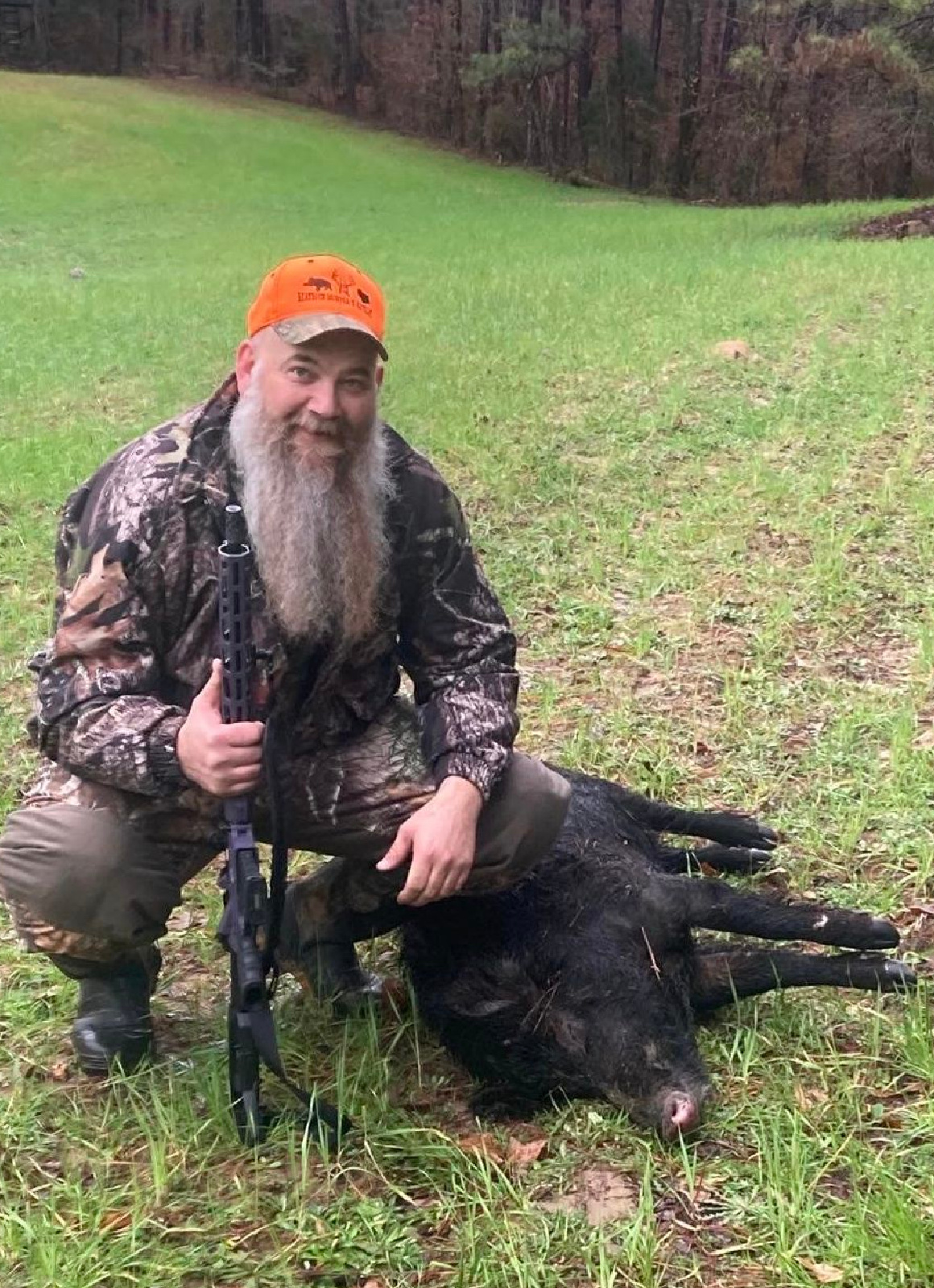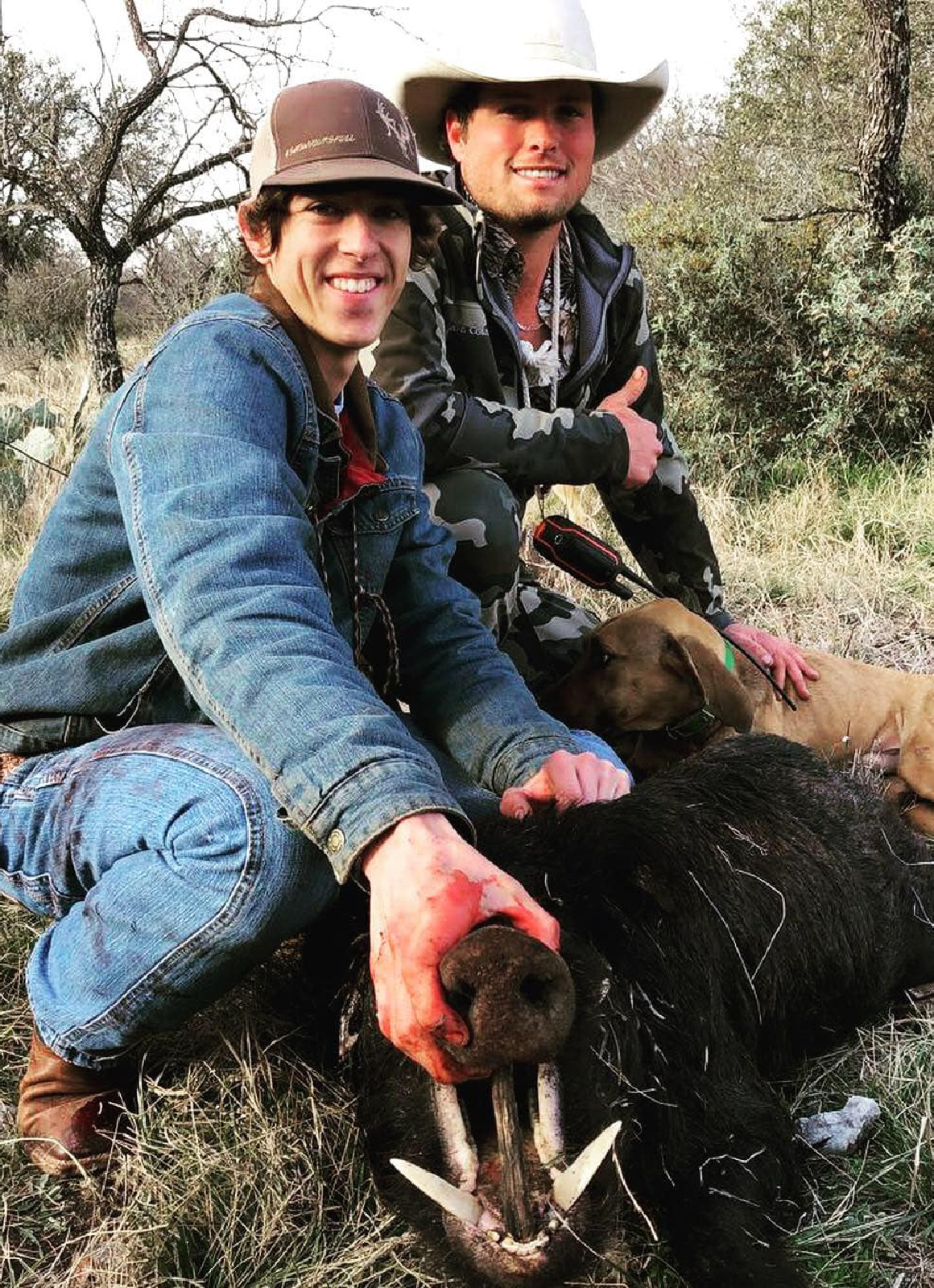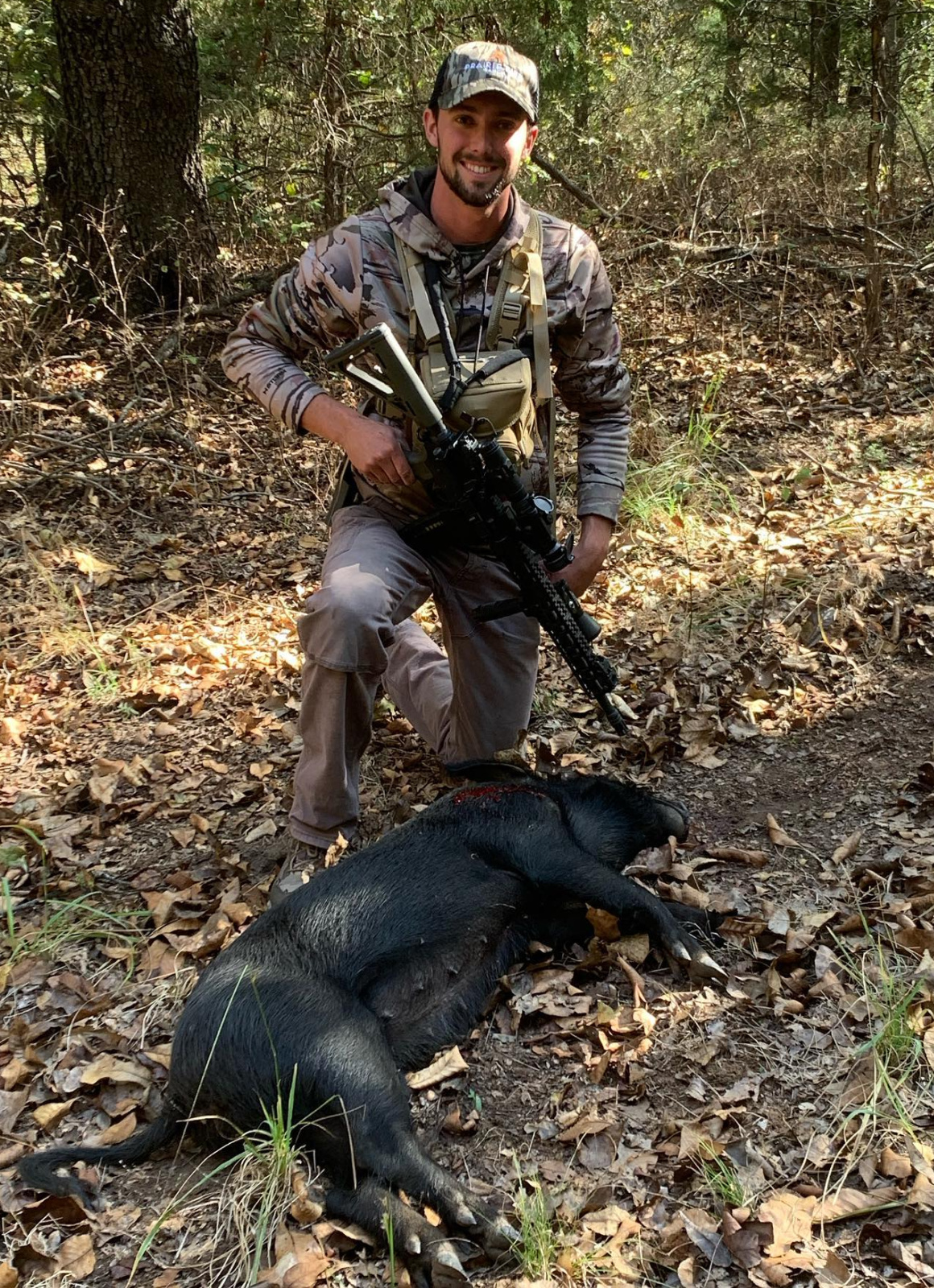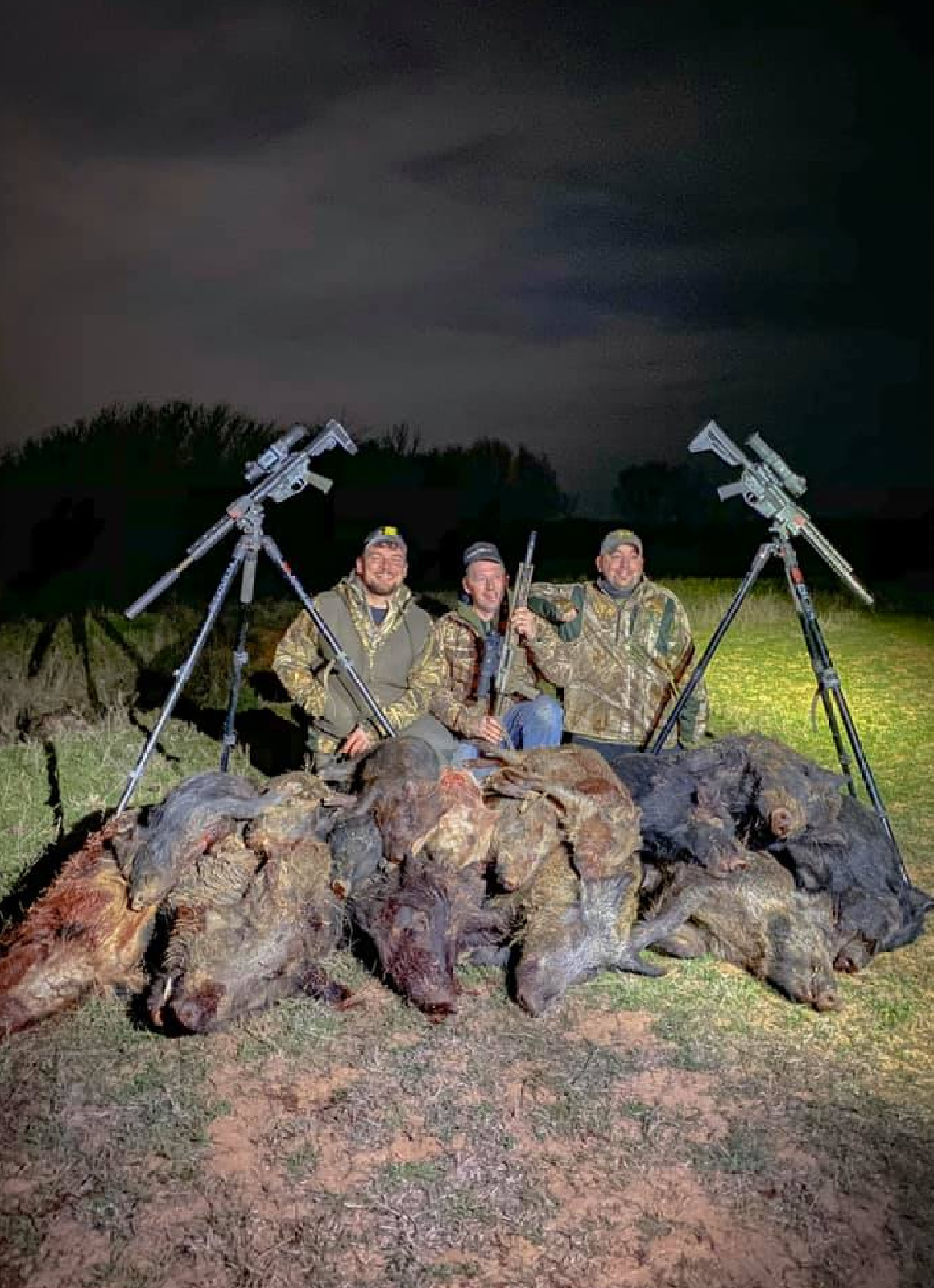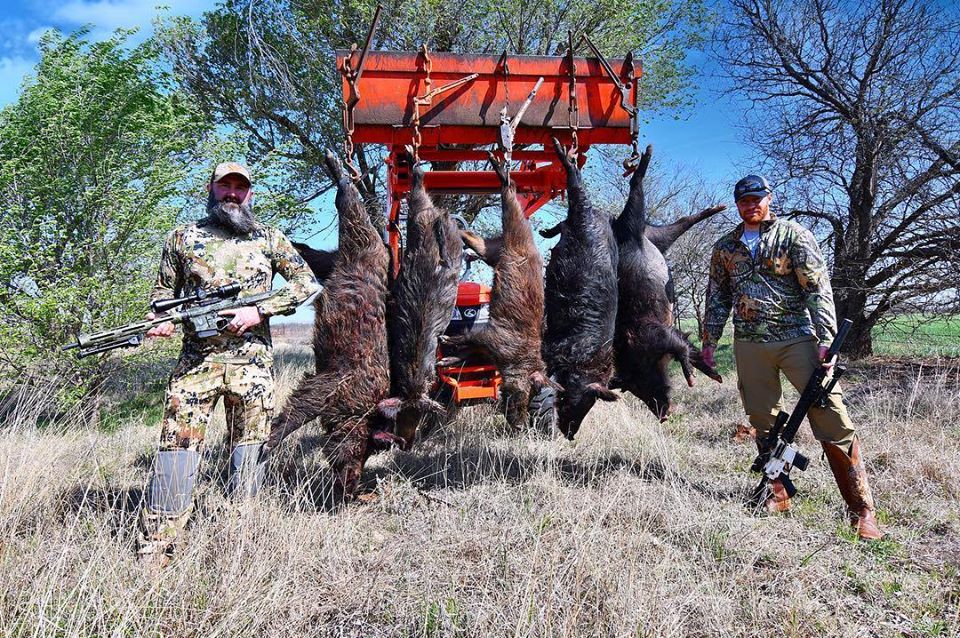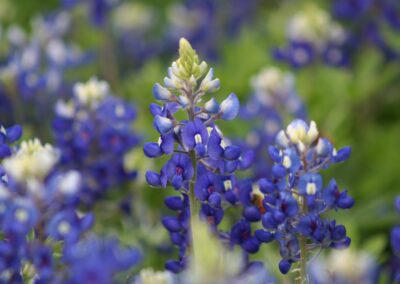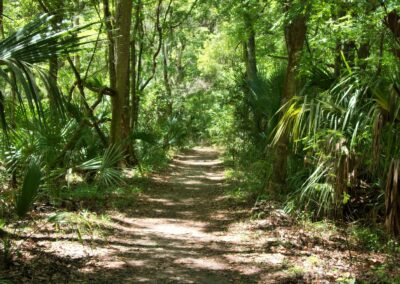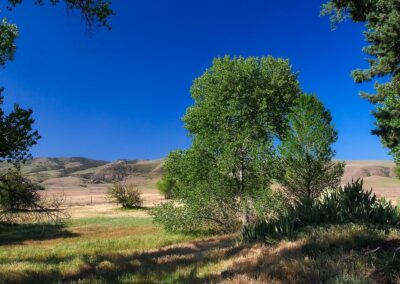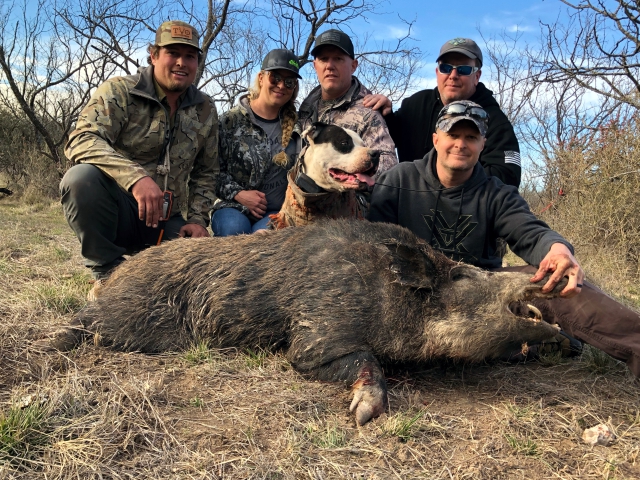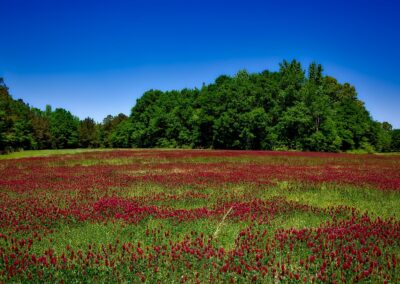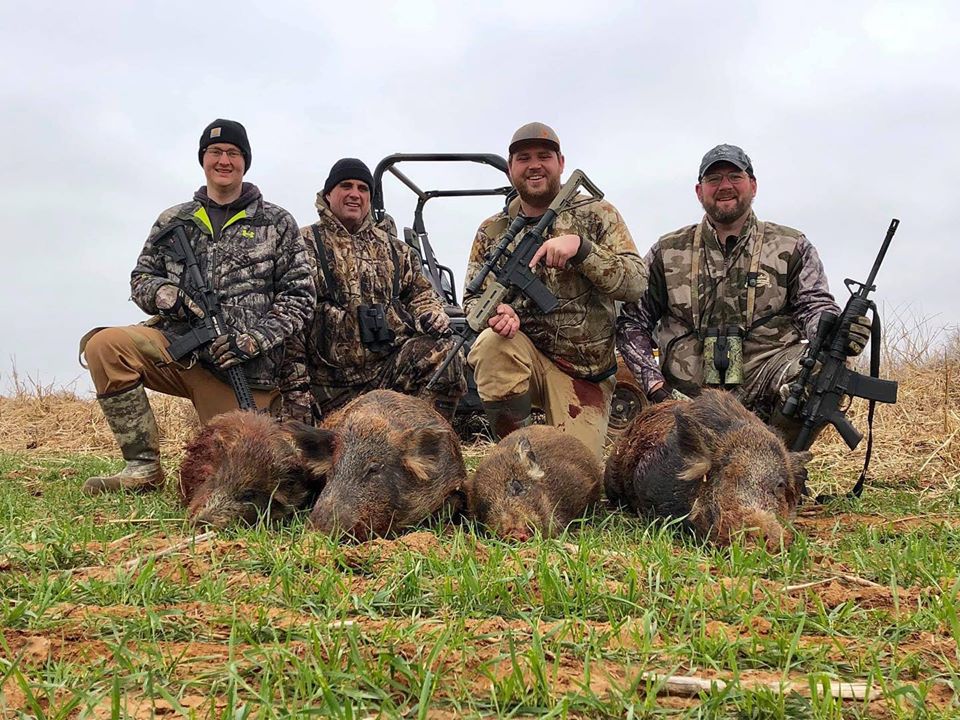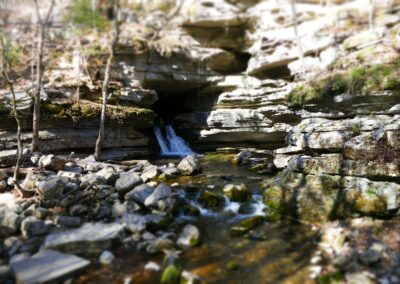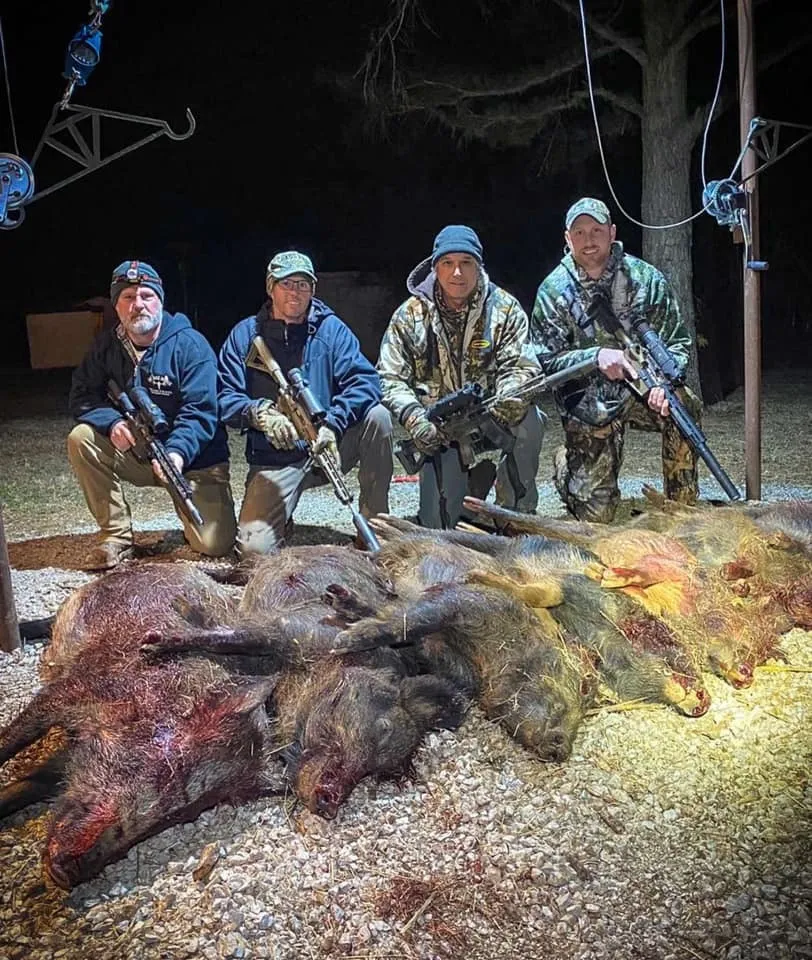MOST POPULAR TRIPS
Hog Hunts
Hogs, also known as wild boars or feral swine, were first brought to North America by Spanish explorers in the early 1500s. These animals were domesticated but escaped into the wild, where they thrived and adapted. Over the centuries, these hogs evolved into the invasive wild hogs we know today, with populations spreading across many states, largely due to accidental releases and natural reproduction.
The wild hogs in the United States are a mix of feral domestic pigs and Eurasian wild boars. As an invasive species, they have few natural predators and are prolific breeders, often producing multiple litters each year. This population growth impacts ecosystems, agriculture, and native species, making management essential.
Learn more about the different styles of hunting below.
Seasons & Regulations
Most states do not impose seasonal restrictions on hog hunting due to their invasive nature. Regulations are generally lenient, and hunters are encouraged to take hogs year-round to help control their populations. However, it’s crucial for hunters to check local regulations, as night hunting and specific weapon rules may vary.
Conservation & Management Efforts
Invasive hog populations cost the U.S. billions each year in crop damage, livestock disease transmission, and ecosystem destruction. States implement various control measures, such as regulated hunting, trapping programs, and landowner partnerships. The USDA and local wildlife agencies offer resources and incentives for landowners to assist in hog control.
1. Spot & Stalk
Spot-and-stalk is widely regarded as one of the most challenging and rewarding methods of hog hunting, as it requires a deep understanding of both the animal and the landscape.
-
Scout the Area: Locate likely hog spots, such as fields, waterholes, or rooting areas.
-
Spot the Hogs: Use binoculars to scan for hogs or signs like tracks and wallows.
-
Plan Your Approach: Stay downwind and map out a route using natural cover to stay hidden.
-
Stalk Carefully: Move slowly and quietly, using cover and avoiding dry leaves or branches.
-
Set Up the Shot: Once within range, position for a clear shot to the hog’s vitals.
-
Take the Shot: Aim carefully, and be prepared to track if the hog doesn’t drop immediately.
2. Hog Dog Hunt
Hog hunting with dogs is an active and high-energy method that relies on trained dogs to locate, chase, and sometimes hold hogs until the hunter can get into position for a close-range shot. Here’s a typical rundown of how it works:
- Release Bay Dogs: Scent-tracking dogs locate and corner the hog, barking to signal its location.
- Move In: Hunters follow the bay dogs’ barks to reach the hog’s location.
- Release Catch Dogs: Catch dogs grab and hold the hog, keeping it in place.
- Dispatch the Hog: Hunters approach and dispatch the hog with a firearm or knife.
- Recover and Secure: Retrieve the dogs and prepare the hog for harvest.
This method relies on teamwork between hunter and dogs for a dynamic, close-range hunt.
3. Stand Hog Hunt
Stand hunting is an effective way to harvest hogs without disturbing their habitat, providing hunters with the advantage of stealth and strategic positioning.
- Choose a Location: Set up near hog food sources, wallows, or travel routes.
- Set Up Stand or Blind: Position yourself in an elevated stand or ground blind for visibility and scent control.
- Wait Quietly: Watch patiently, as hogs often move during dawn, dusk, or night.
- Take the Shot: Aim for the hog’s vitals once it’s in range.
- Recover the Hog: Track and retrieve the hog if needed.
This method uses patience and positioning for an effective, low-disturbance hunt.
4. Thermal Hog Hunt
- Choose Hunting Area: Find a field or area with high nighttime hog activity.
- Use Thermal Optics: Scan the area with a thermal scope or handheld device to detect hog heat signatures.
- Spot and Approach: Locate hogs, then quietly approach or set up at a safe shooting distance.
- Take the Shot: Aim through the thermal scope for a clean, ethical kill.
- Track and Recover: Use lights or thermal optics to locate and retrieve the hog.
This method uses patience and positioning for an effective, low-disturbance hunt.
Additional Resources and Information
- USDA Wildlife Services: Information on federal control efforts and landowner support programs.
- National Wild Pig Task Force: Offers data on invasive species management, population control methods, and research.
- State Fish and Wildlife Agencies: Most states have specific hog hunting regulations and management programs tailored to local needs.
- Hog Hunting Organizations: Groups like the Texas Hog Hunters Association provide hunting opportunities and promote hog population management.
Join Venku
Book a Trip.
Become a Host.
The wilderness is calling.

